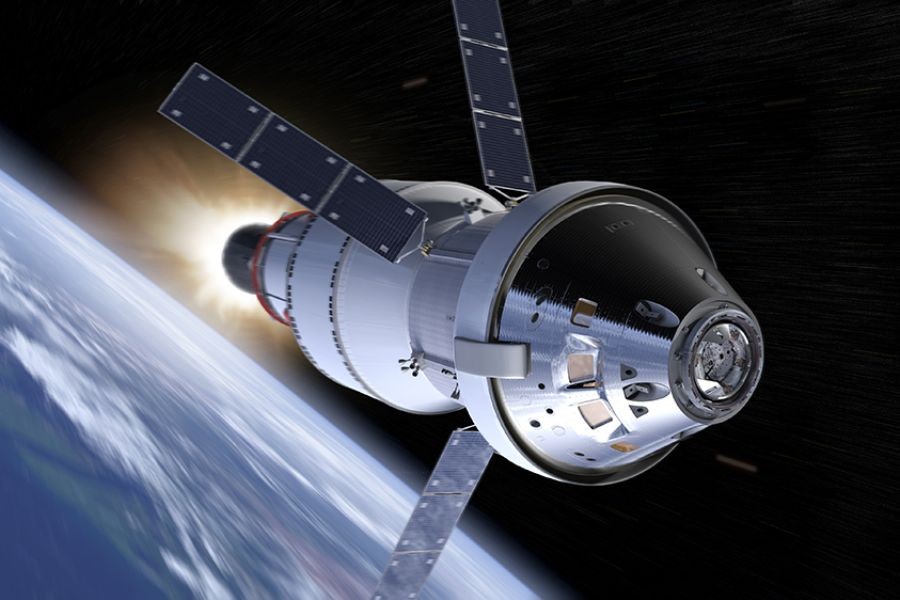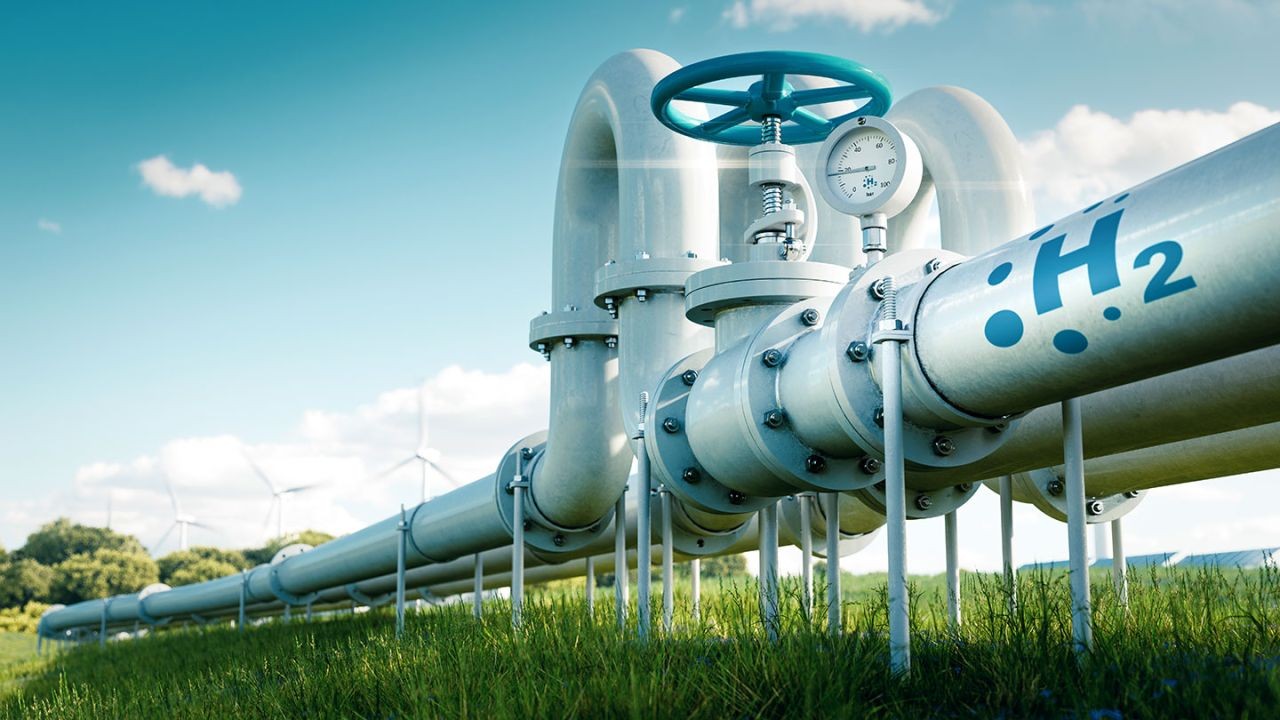Australia's deep space research centers, often overshadowed by the more talked-about sectors like mining or agriculture, play a pivotal role in fostering innovation and economic growth. As the country continues to position itself as a leader in space exploration and technology, understanding the intricacies of these centers is crucial for economic strategists looking to capitalize on emerging opportunities. This article delves into the hidden secrets of Australia's deep space research centers, uncovering their economic impact, industry trends, and potential for future growth.
The Economic Impact of Deep Space Research in Australia
Australia's investment in space research is not just about exploration; it's a strategic economic move. According to the Australian Space Agency, the space industry is projected to contribute up to AUD 12 billion to the national economy and create 20,000 new jobs by 2030. This growth is driven by advancements in satellite technology, space-based communication, and research partnerships with international space agencies.
A critical aspect of this economic impact is the stimulation of related industries. For example, the manufacturing sector benefits from the production of space-related components, while advancements in data analytics and AI, driven by space research, spill over into other tech-driven industries.
Case Study: CSIRO's Parkes Observatory – Driving Technological Innovation
Problem: CSIRO's Parkes Observatory, a key player in Australia's space research, faced the challenge of staying relevant in a rapidly advancing global space industry. The need to upgrade its technology to compete with newer, more advanced facilities was critical.
Action: To address this, Parkes Observatory invested in cutting-edge technology upgrades, including a new receiver system capable of capturing a broader range of frequencies. This allowed the observatory to participate in international projects like the Breakthrough Listen Initiative, searching for extraterrestrial intelligence.
Result: These upgrades led to a 35% increase in data collection capabilities, enabling more precise and comprehensive research. The observatory's participation in global projects has also attracted international funding and partnerships, boosting its financial sustainability.
Takeaway: This case study highlights the importance of continuous technological upgrades and international collaboration in maintaining competitiveness in the space research sector. Australian businesses can apply these insights to other high-tech industries, ensuring they remain at the forefront of innovation.
The Role of Government and Policy in Space Research
The Australian government's commitment to space research is underscored by the establishment of the Australian Space Agency in 2018. This agency aims to triple the size of the space sector by 2030, aligning with the national strategy to diversify the economy away from traditional industries.
Government policies have been instrumental in fostering a conducive environment for space research. For instance, the Space Activities Act 1998, recently updated, regulates space launches and provides a framework for international cooperation. This regulatory environment ensures that Australia remains an attractive destination for global space projects.
Data Insight: ABS Report on Industry Growth
According to the Australian Bureau of Statistics (ABS), the space sector's annual growth rate is expected to exceed 8% over the next decade. This growth is attributed to increased government funding and private sector investment, highlighting the sector's potential as a significant economic contributor.
Emerging Trends and Future Predictions
The future of Australia's deep space research centers is promising, with several trends shaping the industry's trajectory. One notable trend is the integration of AI and machine learning in space data analysis, enhancing the efficiency and accuracy of research outcomes. This technological advancement is expected to drive further investment and innovation in the sector.
Additionally, collaborations with international space agencies, such as NASA and the European Space Agency, are set to increase. These partnerships will not only bring in technological expertise but also boost Australia's reputation as a key player in global space research.
Industry Expert Insight
Dr. Megan Clark, head of the Australian Space Agency, predicts that by 2030, Australia will be a leader in space-based agriculture. "Satellite technology will revolutionize how we manage and monitor agricultural resources, offering unprecedented insights into crop health and yield predictions," she notes. This intersection of space technology and agriculture presents new opportunities for economic growth and innovation.
Common Myths & Mistakes in Space Research Investments
- Myth: Space research is only relevant for large corporations.
- Reality: Small and medium enterprises (SMEs) play a crucial role in the supply chain of space research, from component manufacturing to data analysis services.
- Myth: Space research has no immediate economic benefits.
- Reality: The sector's growth stimulates related industries, creating jobs and fostering technological advancements that benefit the wider economy.
- Myth: Australia lacks the infrastructure for significant space research.
- Reality: With facilities like Parkes Observatory and partnerships with international agencies, Australia is well-equipped to lead in space research.
Conclusion and Call to Action
Australia's deep space research centers are more than just scientific hubs; they are catalysts for economic growth and innovation. For economic strategists, understanding the potential of this sector is crucial for identifying emerging opportunities and driving strategic investments. As the space industry continues to evolve, staying informed and engaged with its developments will be key to harnessing its full potential.
What are your thoughts on Australia's role in the global space industry? Join the conversation and share your insights below!
People Also Ask
- How does space research impact Australia's economy? Australia's space research sector is projected to contribute AUD 12 billion to the economy by 2030, stimulating job creation and technological advancements.
- What are the biggest misconceptions about Australia's space research? A common myth is that space research only benefits large corporations, but SMEs are integral to the supply chain, offering significant contributions and innovations.
- What are the best strategies for investing in space research? Experts recommend focusing on technological upgrades and international collaborations to remain competitive and drive innovation.
Related Search Queries
- Australia space research centers
- Economic impact of space research in Australia
- Australian Space Agency policies
- Satellite technology in agriculture
- Global space research collaborations






























